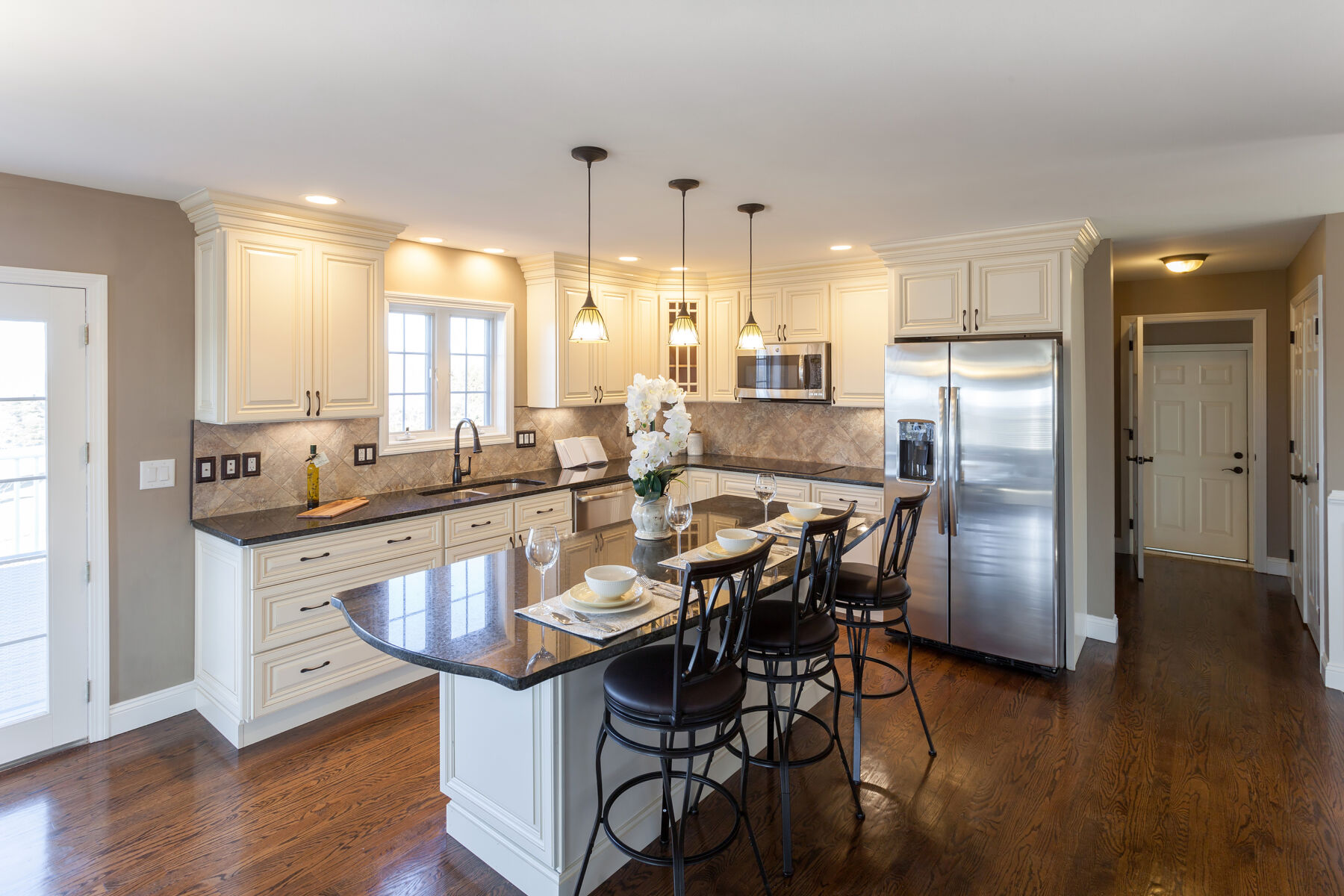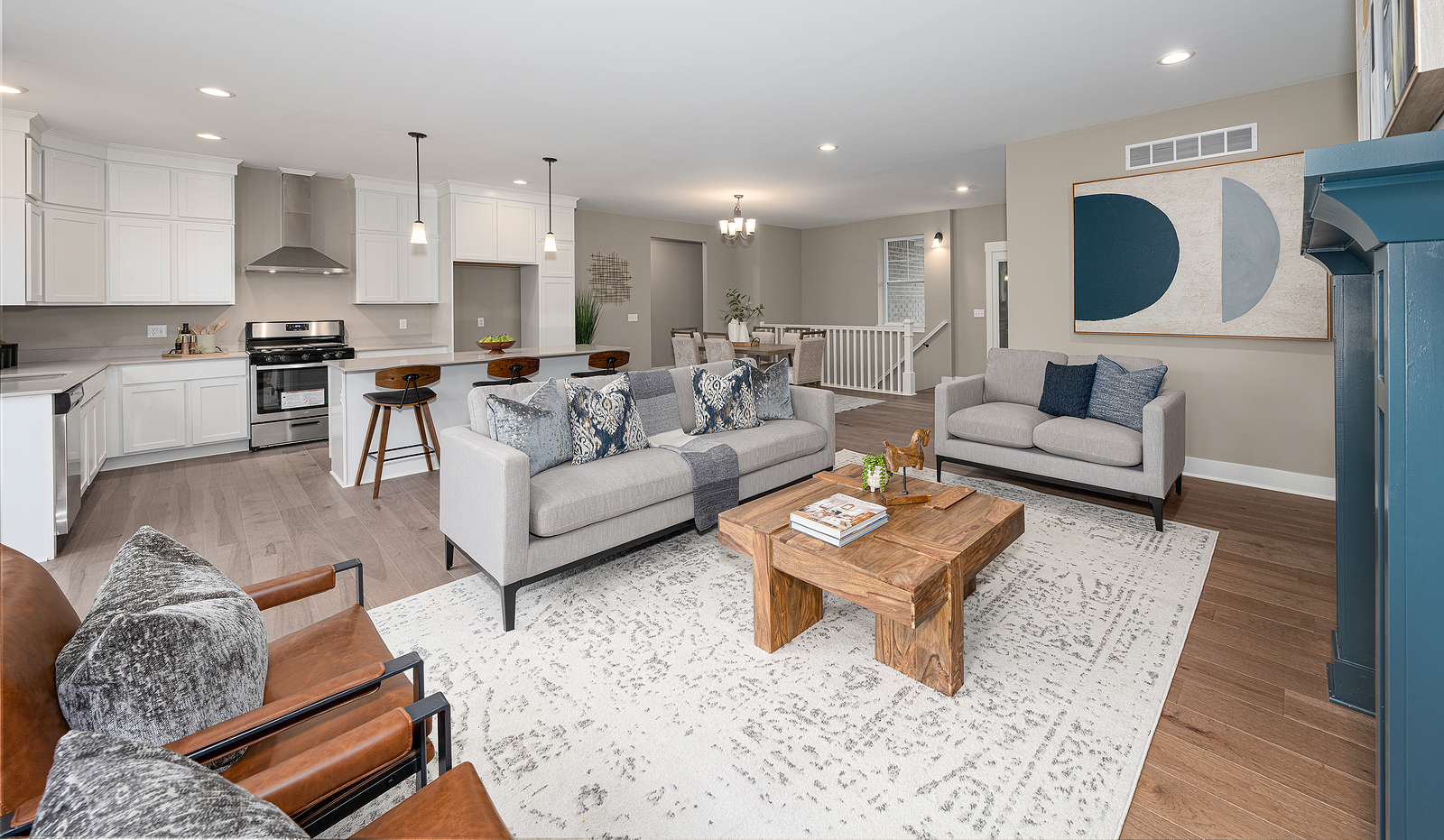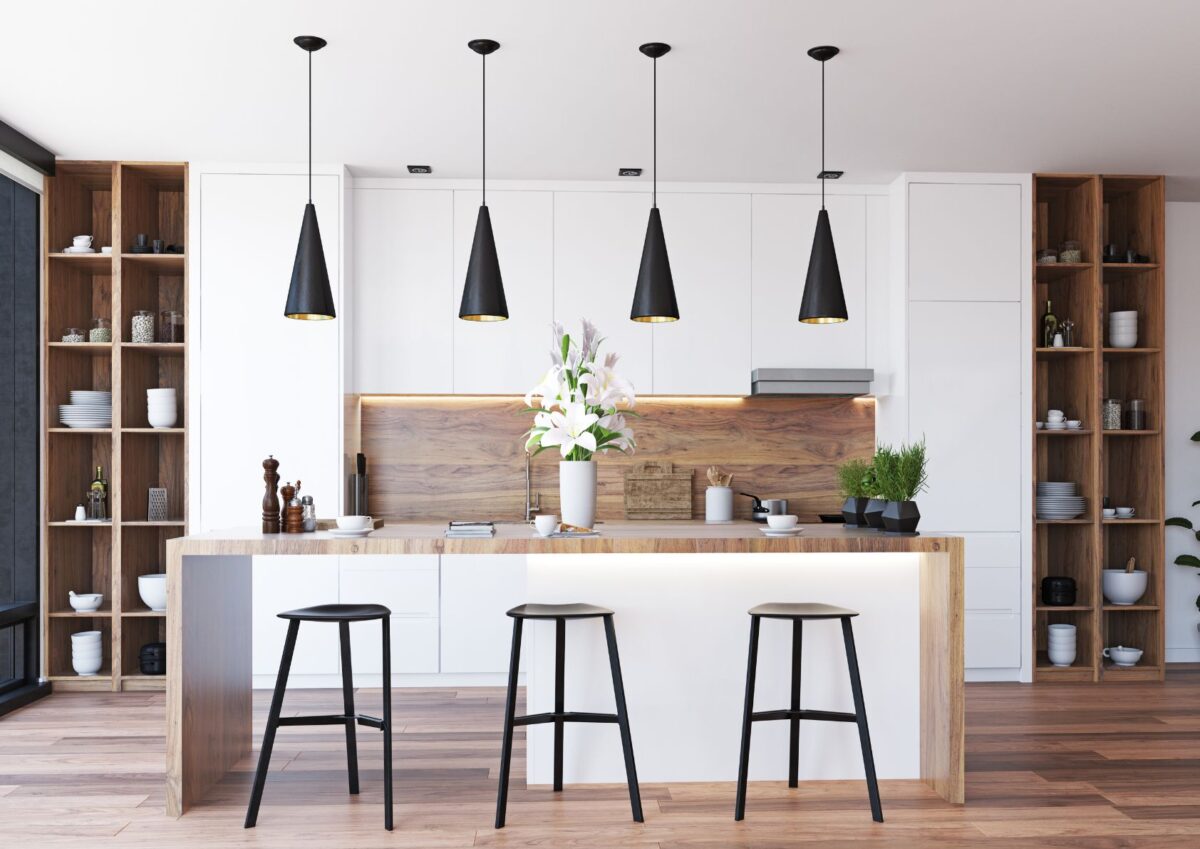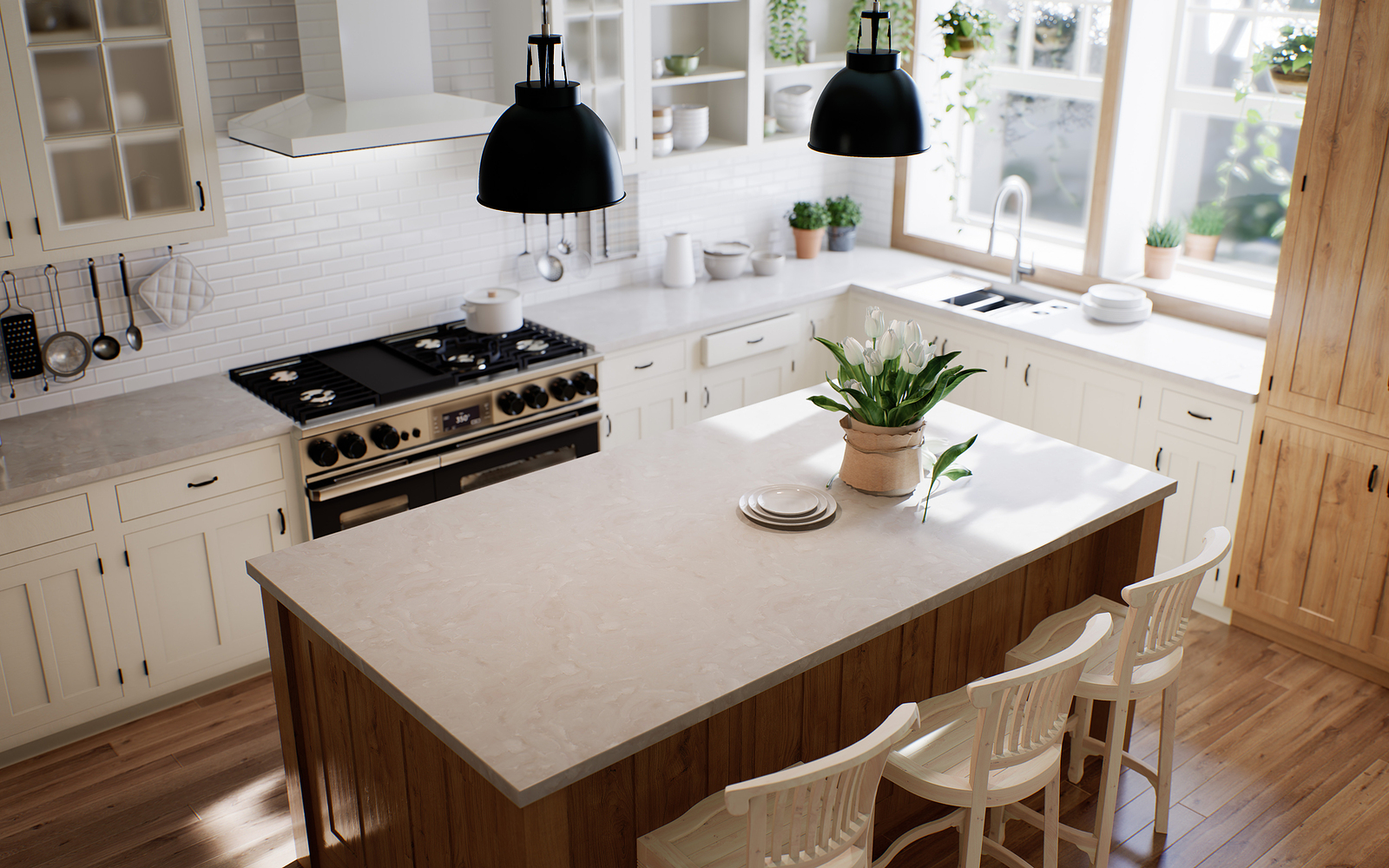When it comes to selling your home during the sunny months, setting the right seasonal tone is essential. That’s where summer staging secrets to make buyers fall in love come into play. Buyers are naturally drawn to homes that feel bright, breezy, and full of life, just like the season itself. If you’re thinking of selling, now’s the perfect time to freshen up your space with a few strategic touches. In this blog, we’ll explore the top ways to create a welcoming summer vibe that inspires emotional connection and boosts your chances of a quicker, more profitable sale.
Embrace the Power of Flowers
One of the easiest summer staging secrets to make buyers fall in love is incorporating flowers into your home’s design. Fresh-cut blooms on the kitchen counter or dining table can add an instant pop of color and elegance. Consider placing vibrant arrangements like sunflowers, peonies, or hydrangeas in key living areas. Don’t overlook the exterior—hanging baskets, window boxes, and potted plants on the porch create a warm and inviting first impression.
For those looking to keep maintenance simple, faux flowers or well-kept greenery can still evoke that same cheerful vibe. The goal is to signal that the home is full of life, care, and joy, key qualities that resonate with summer buyers.
Let the Sunshine In
Natural light is a buyer’s best friend, especially during summer. Pull back heavy drapes and opt for sheer curtains that filter light without blocking it. Clean windows thoroughly to let in as much light as possible and to highlight your home’s connection with the outdoors.
Also, make sure your interior paint and décor reflect a light, airy palette. Soft neutrals, pale blues, and greens can enhance that fresh summer feel. Light-colored bedding, throw pillows, and area rugs can go a long way in tying the theme together without requiring a full renovation.
Add Seasonal Scents
Smell has a powerful impact on mood and memory, two crucial elements in helping buyers picture themselves in a space. Light, summery scents like citrus, lavender, or sea breeze are ideal for staging. You can introduce these through candles, essential oil diffusers, or even freshly cut lemons in a bowl on the counter.
Avoid overpowering or artificial fragrances; the key is subtlety. A lightly scented home adds to the sensory experience, making potential buyers feel comfortable and relaxed as they tour the space. It’s one of the more underestimated summer staging secrets to make buyers fall in love.
Style Outdoor Spaces for Living
Summer is the season of outdoor enjoyment, so make sure your patio, deck, or balcony is dressed to impress. Even small spaces can feel like added square footage when staged correctly. Set up a bistro table with fresh linens, place a pitcher of lemonade nearby, or add a cozy throw over an outdoor chair.
Add string lights or lanterns for a bit of evening ambiance and stage with colorful cushions or outdoor rugs. Buyers will be able to imagine themselves hosting BBQs, enjoying quiet mornings with coffee, or spending time under the stars all of which increase the emotional appeal of your home.
Keep It Cool and Clutter-Free
Clutter and excess decor can make a home feel smaller and stifling, exactly what summer buyers want to avoid. Swap out heavy, wintery items like thick throws or dark-toned decor for minimalist, breathable alternatives.
Keep the thermostat at a comfortable temperature, especially during showings. If your home feels too warm or stuffy, buyers may be distracted or rush through their tour. A cool, decluttered space will feel more inviting and allow potential buyers to linger longer, boosting the chances they’ll fall in love with your home.
Creating the perfect seasonal ambiance is one of the most effective strategies when selling your home in the warmer months. By using these summer staging secrets to make buyers fall in love, you’ll be setting the stage for a successful and satisfying sale. Remember: a home that feels like summer is a home that sells.




















